Water Saving Irrigation
Coffee farmers using free supplies of irrigation water mostly apply excessive amounts, as much as 2.5 times the recommended volume. Training programs that explain the relationship between rainfall, runoff, and soil water infiltration, and multi-year demonstration plots that show the results of using different amounts of irrigated water can encourage farmers to reduce the amount of water they use, saving time for the farmer, saving energy use and conserving a precious and dwindling regional resource.
Status: Training has been designed specifically for Vietnam to combat overuse of increasingly scarce water but could be adapted to other contexts
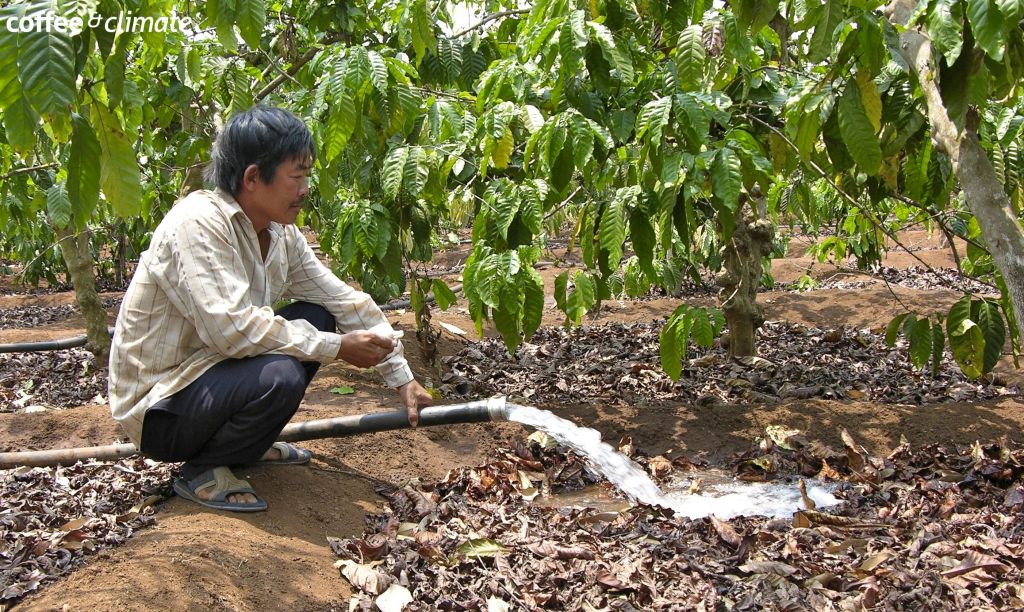
Concept
- Insufficient rainfall is one of the biggest challenges for coffee production. Water for irrigation is a finite resource and excessive use endangers water availability for a wide range of stakeholders.
- Farmers tend to apply too much water but through training it is possible to reduce water use whilst maintaining or increasing coffee yield through better irrigation scheduling and agronomic practices.
- In the Central Highlands of Vietnam, farmers face a four month dry season with insufficient rain – often less than 120 mm. This would lead to a deficit of more than 300 mm of rain over the dry season.
- Historically, Brazilian studies suggest that for Robusta, up to a 100 mm deficit does not require irrigation, with the range 100 – 150 mm being marginal and 150+mm definitely requiring irrigation. This would suggest that the mean requirement for irrigation should be equivalent to at least 150 mm, which is about 455 L/plant/application with three rounds per season. In reality, it has been found that farmers may well apply double that amount.
- It has been estimated that in a normal year, applications of 455 L/plant can yield over 4,000 kg green coffee equivalent/ha. During a wetter dry season, only 300 L/plant may be required.
Drawbacks
- It’s a tough sell. It can be difficult to get someone to reduce the use of a resource which is provided free of charge.
Costs
- There is no extra cost for farmers to adopt this practice, since it involves using less of an existing resource. Reducing the use of irrigated water may in fact save farmers a significant amount of money spent on labor and fuel to collect and apply the irrigated water.
Recommended Activities
- Train farmers on water use. Provide training courses on the water cycle, including the relationship between rainfall, runoff and soil water infiltration, as well as on measurement of water volumes and irrigation timing (more info can be found on GAP-Manual chapter 5). It has been shown that after training has been carried out, farmers significantly reduce volumes of water applied.
- Test out reduced water supply. Multi-year, on-farm demonstration plots in different agro-ecological zones in the Robusta production areas should be established to further assess and record crop performance under reduced irrigation supply conditions and to better understand the timing of irrigation and other inputs to attain yields of 4,000 kg of green bean/ha.
Further Comments
- No negative influence on yield levels through decreased irrigation.
- Have something to add to this tool description? Leave a comment!
- Interested in applying this tool? Look for pictures, case studies and info sheets below for step-by-step instructions to get you started.
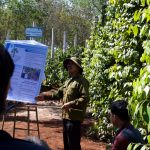
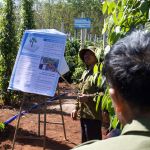
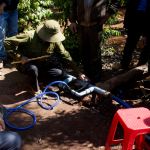
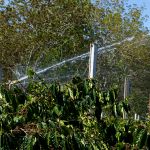
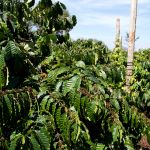
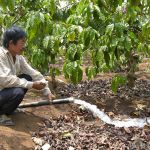
Leave a comment
0 comments